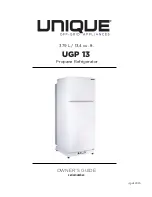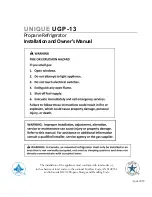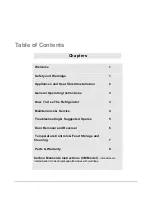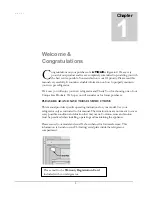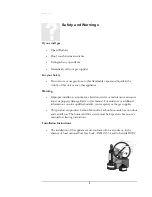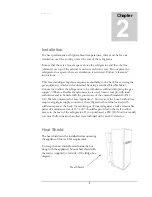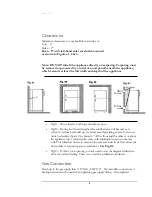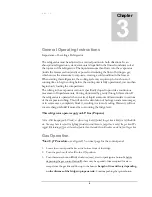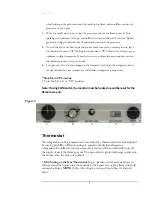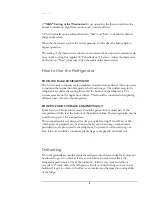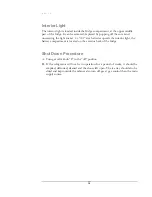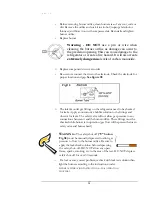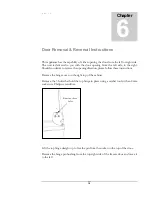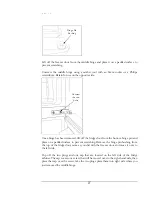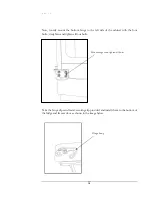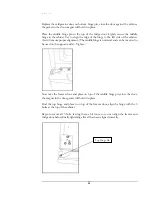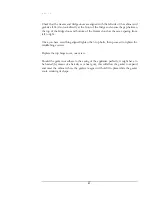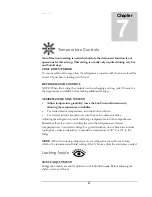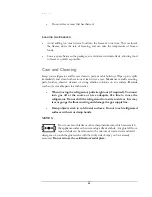
U G P
1 3
9
Defrosting can be done with the fridge running if so desired. Simply open both doors
and turn the thermostat to min, or fully counter clockwise. Once the ice starts to melt a
towel can be placed under the evaporator fins in the fridge, then pull off the ice. Wipe
the fins clean and shut both doors. For the freezer, defrosting time can be reduced by
filling a tray with hot water and placing it in the freezer compartment, again wipe clean
with a towel once melted.
DO
NOT
USE A HOT AIR BLOWER
,
PERMANENT DAMAGE
COULD RESULT
,
DO
NOT
USE A KNIFE
,
AN ICE PICK
,
OR ANY OTHER SHARP TOOLS TO REMOVE FROST
FROM THE FREEZER COMPARTMENT
.
F
RIDGE
S
ECTION
Inside the refrigerator compartment, the defrost water runs from a collector channel to
a drip tray/cup at the rear of the refrigerator where it normally evaporates. If heavy
frost has built up on the cooling fins creating a lot of defrost water, Beware your water
reservoir may overflow, we suggest you inspect reservoir before/after cycle.
F
REEZER
S
ECTION
This area must be wiped down with cloths to remove water after defrosting; there is no
drain for this compartment
Note:
When all frost has melted in the freezer compartment & interior of the
refrigerator it should be wiped up with a clean cloth. Set the thermostat to its max
position until desired interior temperature has been achieved, approx 4 plus hrs
dependant on room temperature, and then replace all food.
Cleaning
Cleaning the refrigerator is usually done after it is defrosted or put into storage. To
clean the interior liner of the refrigerator, use a lukewarm water and weak soda
solution. Use only warm water to clean the finned evaporator, gasket, ice trays and
shelves.
Never use strong chemicals or abrasives
to clean these parts as the
protective surfaces will be damaged. It is important to always keep the
refrigerator clean. Dishwasher detergent is recommended.

